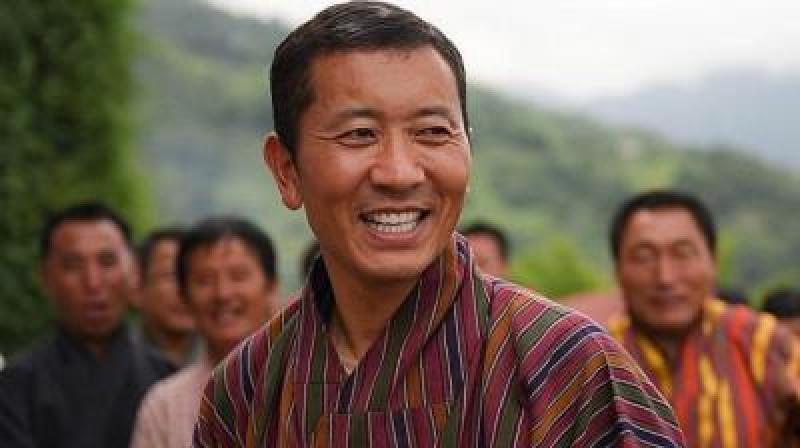Bhutan teachers, doctors top paid civil servants
In the above salary set up, the pay gap of teachers who serve many years and do well and doctors who become specialists, is even higher.

Thimphu: Teachers, doctors, nurses and medical staff became the highest paid civil servants in Bhutan when the Cabinet headed by Prime Minister Lyonchhen (Dr) Lotay Tshering presented its final pay revision on June 5.
With this move, the Cabinet ensured that professionals were paid higher and overturned the unofficial civil service ‘hierarchy’, where administration officials enjoyed trainings, trips and other perks. In comparison, overworked teachers in the same grades who teach Bhutanese children often did not even have a proper chair to sit on or doctors who are on duty saving lives, night and day, did not enjoy similar benefits.
The new pay structure meant that a grade P 5 proficient teacher (serving for under 10 years) and P 5 doctor will earn slightly more than a P 3 civil servant. Similarly, a P 2 grade teacher (under 10 years) or P 2 doctor will earn slightly more than an Ex-3 grade director in civil service.
A P 1 grade teacher (under 10 years) or P 1 doctor will make a little more than an EX-2 grade director-general or Dzongda.
An Es-2 doctor would make more than a government secretary’s basic pay while an Es-1 doctor would be paid higher than the Cabinet Secretary making it the highest paid civil servant position in Bhutan.
The above classification was done by giving teachers a 35 per cent professional allowance for zero to 10 years served, 45 per cent allowance for above 10 to 20 years and 55 per cent for above 20 years.
In addition to this there is a Bhutan Professional Standards for Teachers that gives 10 per cent for a proficient teacher, 15 per cent for an accomplished teacher and 20 per cent for a distinguished teacher.
For medical professionals, MBBS doctors get a 45 per cent professional allowance while specialists get between 55 to 60 per cent. Nurses and clinical staff start at 35 per cent for 10 years and go to 45 per cent for above 10 to 20 years and then hit 55 per cent for above 20 years.
In the above salary set up, the pay gap of teachers who serve many years and do well and doctors who become specialists, is even higher.
Therefore, if a teacher reaches P 1 and has served for more than 20 years and is rated as distinguished, then he or she stands to get a 55 per cent professional allowance and a 20 per cent distinguished teacher allowance coming to a combined 75 per cent allowance. This P 1 teacher would get a salary which would be higher than an Ex-1 official.
A medical specialist doctor at Es 1 category getting 60 per cent professional allowance stands to get paid more salary when compared to the Cabinet Secretary.
While doctors are well represented in the Es-1, Es-2 and Es-3 categories the teachers are mostly in the P-5 to P-1 category.
While there are 153 civil servants in the Ex/Es 1-3 category as per the 2018 civil service statistics, the teachers who make up the largest chunk of the civil service do not have enough representation in this group showing the problem of an upward career mobility. There are only six teachers in the ES-3 category.
The numbers of teachers involved in the hike are huge as there are 8,679 teachers, followed by the medical staff who number around 4,000.

